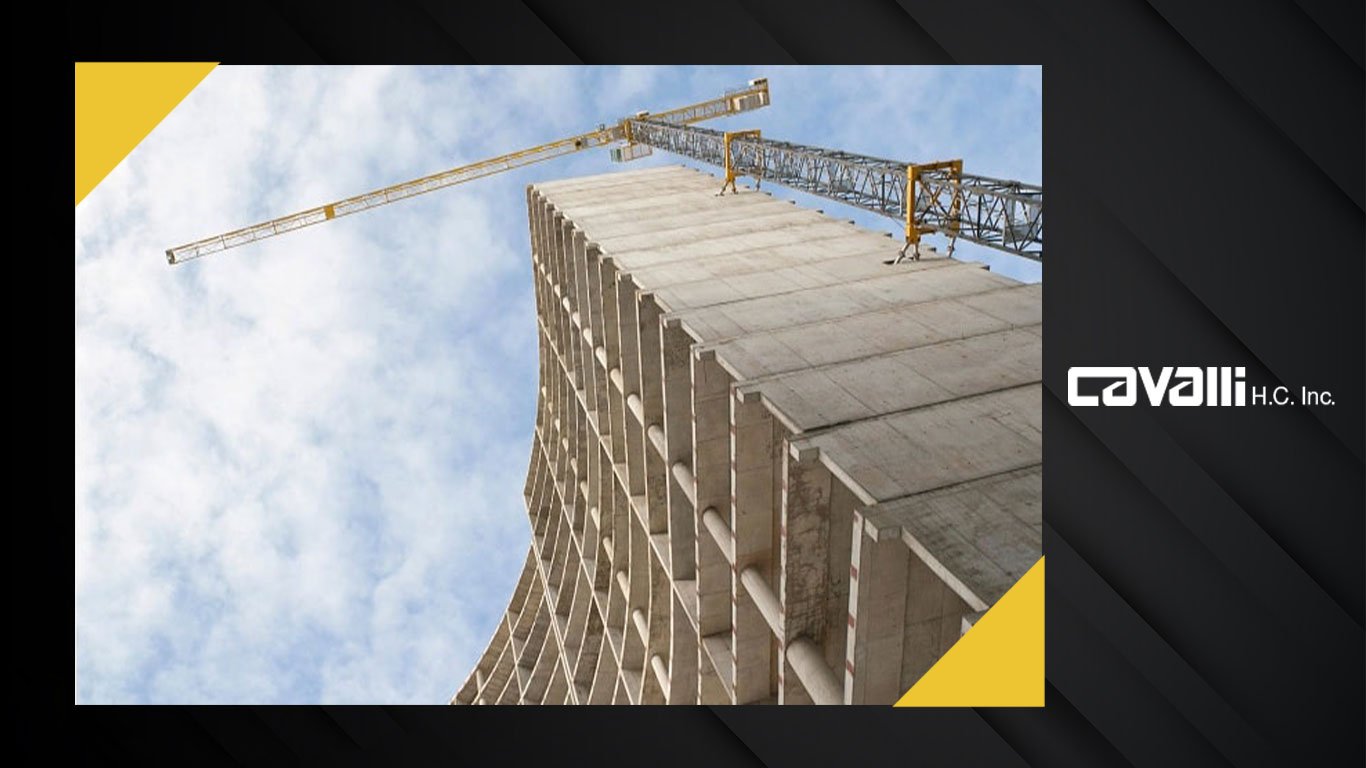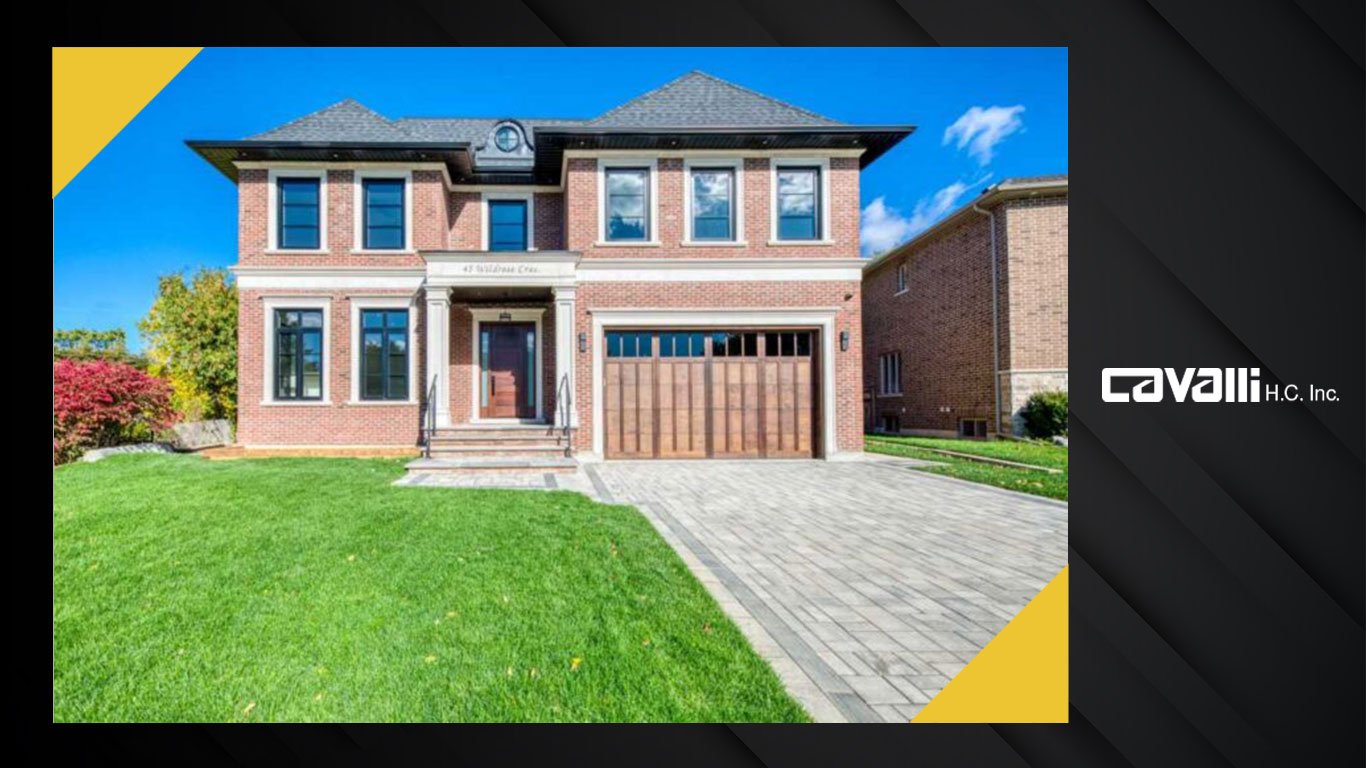Custom Precast concrete is a construction material created by pouring concrete into a reusable mold, or “form,” and curing it in a controlled environment before being transported to the construction site. Precast beams and wall panels for tilt-up construction are examples of these materials. Cast-in-place concrete, on the other hand, is poured into site-specific molds and hardened there.
Below, you will learn more and more about this product.
Custom Concrete Overview
Precast Cement is used in interior and exterior construction applications, including tilt-up building construction, as well as highway, bridge, and high-rise projects. It is created in a controlled setting (usually referred to as a precast plant), where it is permitted to cure properly and is closely monitored by plant staff.
Using a pre-cast concrete system has several benefits over on-site casting. Precast manufacturing can be done on the ground level, maximizing casting safety. Compared to a construction site, there is more control over the quality of the materials. Precasting frequently costs less per unit of formwork than on-site casting, since the forms used there can be reused hundreds to thousands of times before needing to be replaced.
The size, purpose, and cost of custom home precast forming systems for architectural applications vary. Precast architectural panels can also be used to make and erect free-standing walls for landscaping, soundproofing, and security, or to cover all or a portion of a building’s facade. Precast goods, such as bridge beams, highway decks, and parking facility decking, can occasionally be used as prestressed structural parts. The units are also used in tunnels, water & sewage pipes, and stormwater drainage systems.
Molds for custom precast can be made from a variety of synthetic materials like timber, steel, fiberglass, rubber, etc., each of which produces a different finish. Additionally, a variety of surface finishes, such as those that mimic ashlar stone and horizontal boards, are available for the four varieties of precast wall paneling: sandwich, plastered sandwich, inner layer, and cladding panels. The quantity and size of the aggregate, as well as the addition of color to the concrete mix, can alter the final concrete surface’s appearance and texture.
Why Are More Builders Using Custom-Designed Precast in Residential Construction?
Although wood is still a popular building material in North America, it cannot compete with pre-cast concrete. Wood frames are functional, of course, but they can’t compete with custom concrete walls in terms of overall quality, durability, and installation speed.
Here are some of the reasons that show why builders prefer to use concrete foundations and above-grade walls.
Concrete reduces construction time.
A custom concrete house takes between 15 and 20 days to reach the lock-up stage, compared to 45 to 60 days for a typical residential home. Because of the insulated chassis, the walls have concrete studs every 24 inches in the center and are electrical and plumbing ready. The studs are also equipped with a steel fascia, which allows drywall to be screwed directly to the wall.
There is no need for a vapor barrier, and stucco can be applied directly to the outside of the concrete walls. The structure has also been completely engineered.

The houses are more comfortable and long-lasting.
Concrete walls are well-known for their ability to keep homes quiet and peaceful. They can block out external noise from traffic and neighbors in ways that a wood-frame home cannot.
Continuous insulation eliminates cold spots and improves heat distribution, making the top floor of a custom home precast as comfortable as the basement. Because of the high thermal mass of concrete, it protects the interior of the home from extreme outdoor temperatures.
The concrete’s high water resistance prevents moisture from passing through the wall, keeping the house dry. This reduces the likelihood of mold growth and improves the quality of indoor air. Furthermore, because concrete homes are less likely to burn than wood-framed homes, you can often negotiate for a lower insurance price from the provider.
Concrete houses are an important part of a sustainable future.
Concrete-frame houses are more environmentally friendly than wood-frame structures, which reduce greenhouse gas emissions and energy costs by 20 to 25%.
The walls also create a net-zero-ready structure. Net zero means that the structure is airtight, insulated, and energy efficient enough to produce as much renewable energy as it consumes (via solar panels or geothermal energy). Our ability to keep our homes cool without emitting too many greenhouse gases will become increasingly important as we deal with climate change and a warming planet.
Custom Concrete VS. Site-Cast Concrete
The distinctions between precast and site-cast concrete explicitly show the superiority of custom concrete. Here are a few distinguishing features of the two approaches compared side by side.
Quality control
Custom concrete is mixed, poured, and cured in a factory, allowing for the maintenance of optimum conditions and precise measurements throughout the procedure. Unfortunately, site casting logistics make this much more challenging. The temperature and relative humidity of the day have a negative impact on casting. The task requires the use of far less precise tools. Even in the best circumstances, the end output is of poor quality!
Labor efficiency
Precast is significantly more labor-effective. Because the work is done in a factory, equipment and machinery (that are used for maximum precision) aren’t available on the site. Therefore, casting tasks would be completed by hand, which results in more manpower and a higher cost due to the increased need for expert labor and more labor hours worked.
Curing conditions
Due to full control of curing conditions in a factory, the process can be sped up without compromising strength or quality, which is practically impossible on the site. Although there are some things you can do to speed up curing on site, they are challenging and typically not worth the logistical hassle and cost. Additionally, because sensitive variables are difficult to account for, they run the danger of producing lower-quality custom-cast concrete. Precast is the sole option if you require accelerated curing and want to proceed with assurance.
Full strength
Concrete doesn’t become strong right away after curing since it develops strength over time. Pre-cast concrete, on the other hand, has already begun the process of hardening before being delivered to the construction site. But in site-cast concrete, you must wait for the concrete to harden before raising it into position. As a result, construction may be delayed and expenses may increase. Therefore, having fully hardened precast floor slabs available for placement the moment they arrive saves a lot of time and money.
Additionally, you do not need to perform strength tests on-site because precast receives a strength test during quality control inspections in the factory. Strength tests are necessary to guarantee the safety of your building, thus if you are casting on site, you must complete this phase.

Cast ahead of time
With precast concrete, you can cast your materials in advance and store them until you need them. Unfortunately, overlapping operations or increasing productivity are almost impossible with site-cast concrete. Construction must typically come to a halt while waiting for materials to be ready because on-site casting requires a lot of space and effort.
Weather
A sudden downpour can put a stop to building activities when site casting is being done. Fortunately, precast solutions make this not a problem at all. With precast slabs, construction work will continue exactly as on sunny days.
Insulation
Since custom-cast concrete is factory-manufactured, it consists of certain components (like insulation) that cannot be added to site-cast concrete.
Pre-cast concrete offers a clear advantage as more builders strive for green ratings for their structures, both for good PR and energy savings during the building’s lifetime.
Specialized reinforcement
Finally, just as customized structural reinforcements can be added to precast concrete, specialized structural reinforcements can be added as well. This is essential for certain projects because it enables the panel to support loads at a thickness that is just not possible with conventional poured concrete. You can save money while using fewer resources by reducing the quantity of material required to make a structure structurally sound.
Specialized high-strength concrete also needs rigorous mixing and curing conditions. These circumstances cannot be properly managed on-site.
However, you can utilize specialized high-strength concrete for your construction because industrial construction enables more environmental control. Once more, this enables you to produce architectural designs that are impossible to produce in any other way.
In the End,
To know more about our different types of concrete, or if you are interested in any of our services or products, please feel free to contact us. Our professional team at Cavalli Home is ready to respond to all your questions and concerns




